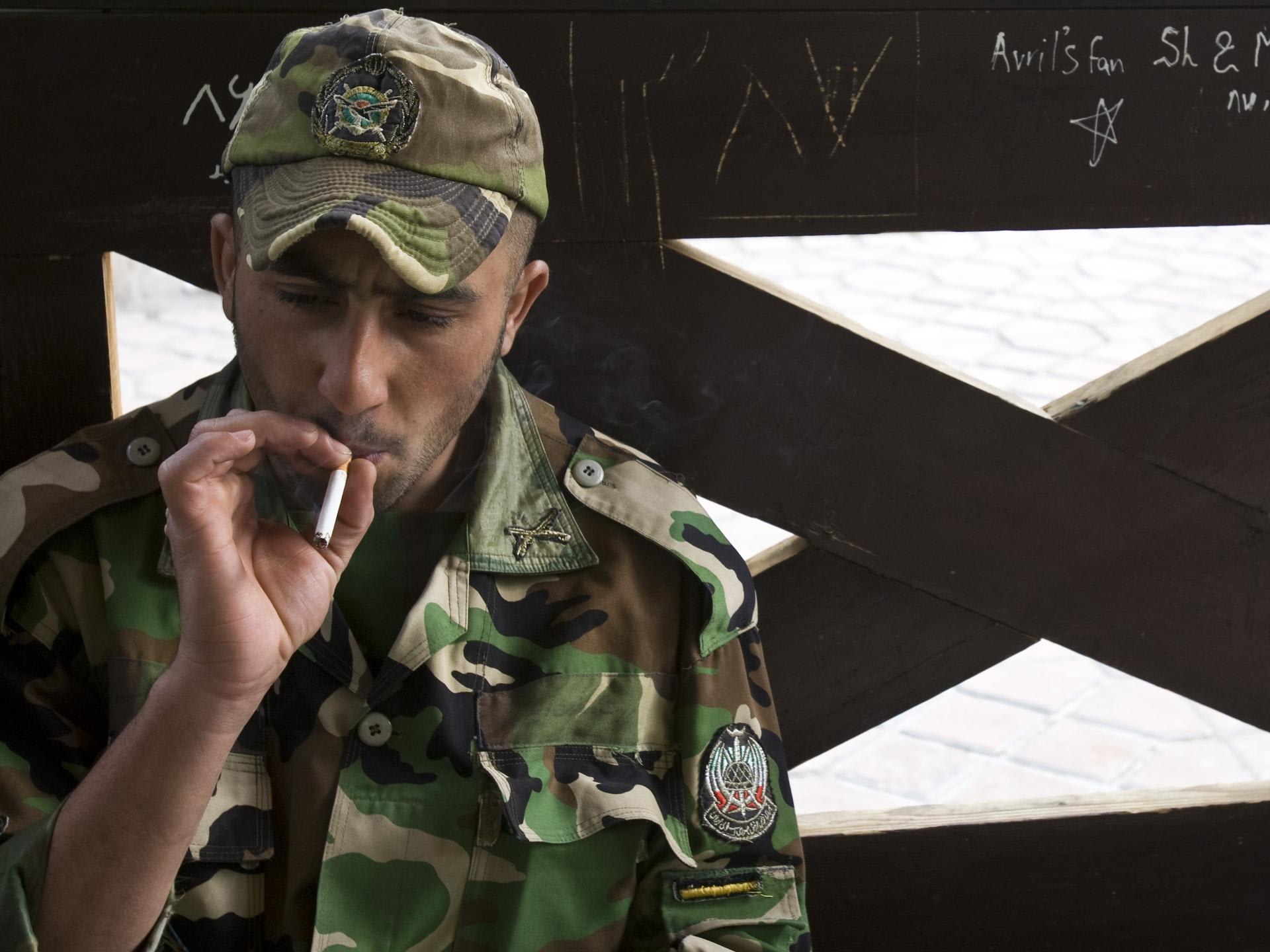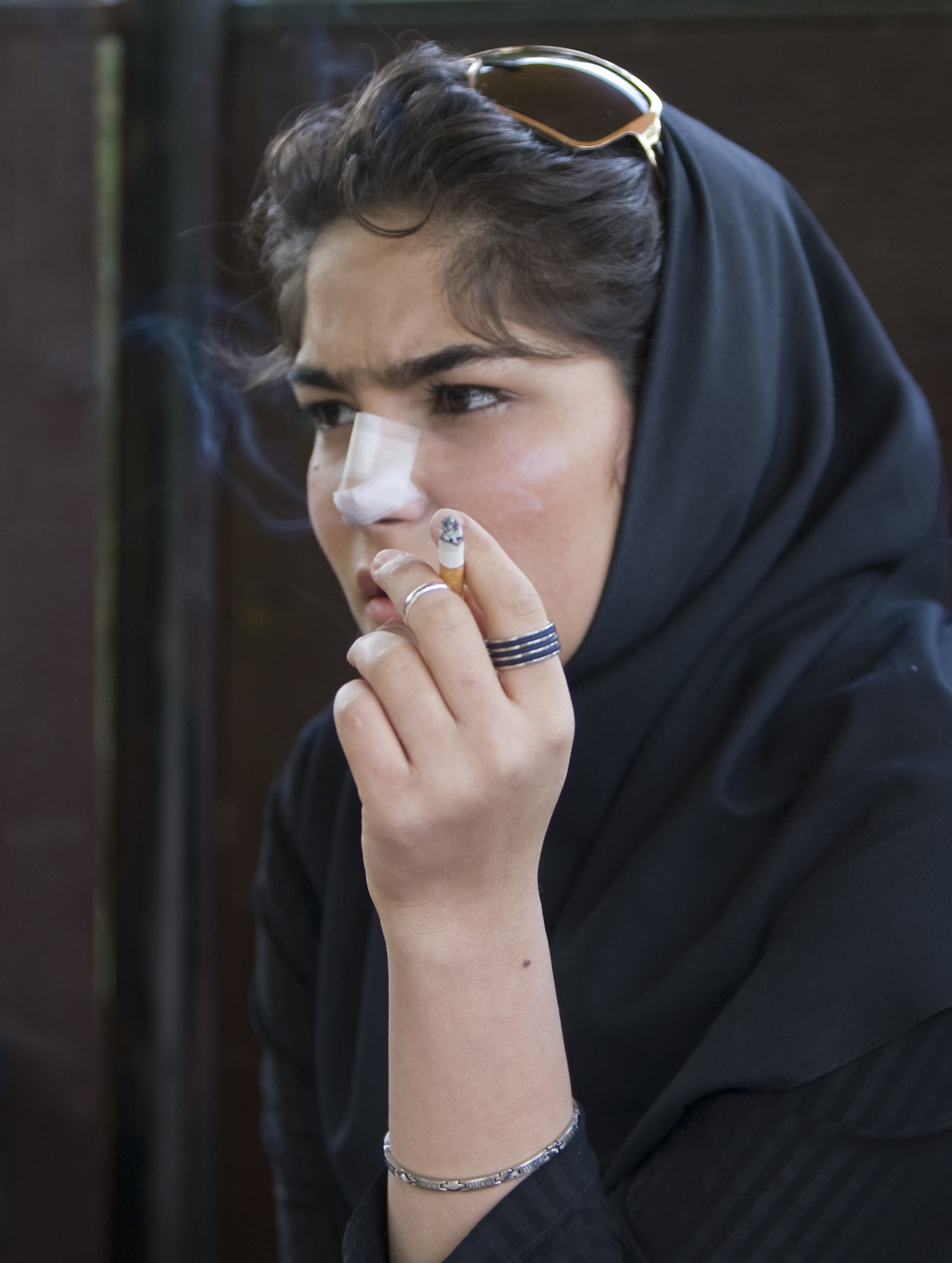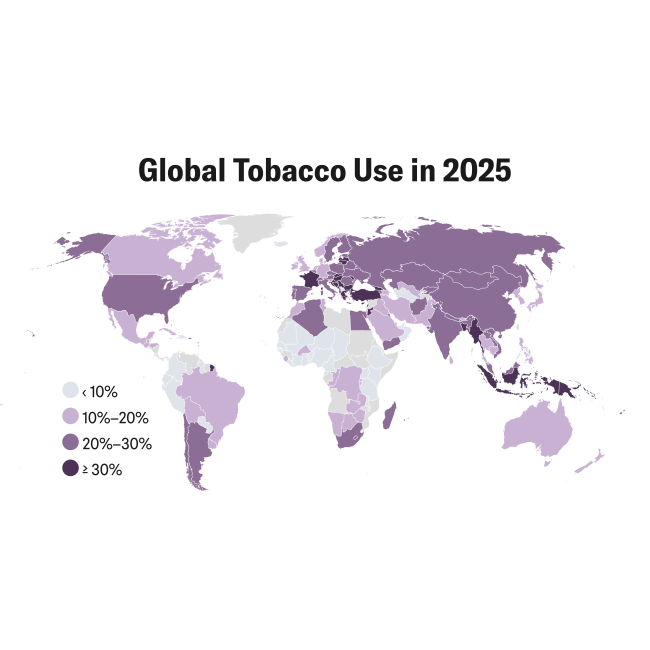Israel and Iran hold strategic positions in the Middle East. Both countries are home to abundant natural resources, have strong militaries, and hold strategic geographical positions. Despite their opposing political beliefs, they share cultural rituals, including drinking tea or smoking water pipes.
These countries also share notable tobacco consumption behaviors. Both nations identify smoking as a significant national health threat; each year, smoking claims the lives of 8,000 Israelis and more than 34,000 Iranians.
Since 2005, both countries have been part of the World Health Organization (WHO) Framework Convention on Tobacco Control and have implemented policies based on its strategies. In 2006, Iran outlawed all tobacco advertising, promotion, and sponsorship, becoming one of the first Eastern Mediterranean countries to implement a complete prohibition. In 2018, Israel banned tobacco and nicotine advertisements in print and on social media, strengthening a radio and television ban from 1989.
Although those efforts have had an impact, the overall smoking rate has not fallen as expected and, in recent years, has risen in some groups, including children and teenagers as well as young soldiers and reservists.
The stress of the war in Gaza has led many in the region to seek comfort in smoking. In recent years, Generation Z and Generation Alpha in Iran and Israel have dealt with other sources of stress, including economic hardship and overexposure to digital media and social media, especially during the COVID-19 pandemic. Overwhelming stress, inadequate public health campaigns aimed at youth and a lack of information on the perils of smoking are to blame for blunting the effect of previous interventions in both countries.
Tobacco Use Trends in Iran
According to a 2023 WHO report on the global tobacco epidemic, Iran ranks high among countries with the highest achievements in tobacco control, which include tracking prevalence by conducting national and subnational surveys, establishing smoke-free public spaces [PDF], adding cigarette-package warning labels, and expanding nicotine-addiction treatment.
More than 10% of students ages 13 to 15 consume tobacco in Iran
However, Iran's youth population makes it an attractive target for the tobacco industry, increasing the risk of higher tobacco use in the future. "Cigarette consumption has now extended to teenagers as young as 10 to 12 years old," wrote Iraj Khosronia, president of the Iranian Society of Internal Medicine, in a post on Shafaqna in December 2024. The most recent Global Youth Tobacco Survey from 2016 showed that more than 10% of students ages 13 to 15 consume tobacco, of whom more than 60% purchase cigarettes from the same vendors as adults.
"Smoking, for many teenagers, is a form of rebellion," says Ahmad Mokhtari, an internal medicine specialist in Iran. "Through smoking, they either seek attention, express their dissatisfaction, or believe that it can clear their mind."
Tobacco Use Trends in Israel
Similar factors drive tobacco use in Israel. A January 2021 report from the Ministry of Health found that 3% of children age 10 to 12 smoke. When accounting for e-cigarette use, the figure climbed to 10% among 15- and 16-year-olds.
The years following the COVID-19 pandemic have presented unusual challenges that have steered Israeli teenagers towards tobacco. Yossi Harel-Fisch, director of Bar-Ilan University's International Research Institute on Adolescent Well-Being and Health, told the Jerusalem Post that social distancing and other public health measures implemented during the COVID-19 pandemic contributed to mental distress that caused some adolescents to turn to tobacco use. Predatory marketing has also driven tobacco use in young adults across Israel. In recent years, tobacco companies have donated cigarettes to reservist soldiers to drive uptake.
Mitch Zeller, retired director of the U.S. Food and Drug Administration's Center for Tobacco Products, describes a lesser-known problem for young soldiers he observed while living in Israel:
"I remember being in Israel on a kibbutz, and there were people who had to patrol the perimeter of the kibbutz because of where the kibbutz was located etc., and they gave a different reason for smoking—it was really boring!"
Zeller says that cigarette companies are able to spin the cigarette as the solution to both the chronically stressed person looking for distraction and also to the person searching for acute relief from abnormally high levels of stress. These two types of people exist in large numbers in both Iran and Israel.

Turning the Tide on Teen Smoking
In March 2025, the Israeli Ministry of Health was prompted by increasing rates of cigarette use among youth to adjust its strategy. It implemented a new regulation mandating that tobacco companies replace warning words on cigarette-packaging with images showing the harms of smoking, such as smokers on ventilators, decayed organs, and children surrounded by smoke. "This is another important step in reducing the attractiveness of smoking products, increasing public awareness and preventing the addiction of the young generation to tobacco and nicotine," Uriel Buso, the Israeli minister of health, stated in early March.
In Iran, pictorial health warnings have been printed onto cigarette and tobacco packaging since 2009, but the strategy has not been extended to social media, says Mokhtari. The 2024 report Investment Case for Tobacco Control in the Islamic Republic of Iran [PDF] found that despite Iran's national ban on internet advertising, many tobacco companies still promote their products online and on social media.
"In the past, national television strictly prohibited the depiction of smoking. However, this concern appears to have been largely overlooked in recent years, especially with the rise of video-on-demand streaming services, which frequently feature scenes of smoking in films and series," says Sadra Valiee, a medical doctor and medical anthropology researcher at the University of Tehran.
The Cultural Component
Beyond more targeted advertising, shifting cultural norms can help societies reduce high-risk behaviors, such as smoking, but that is easier said than done.
Valiee agrees that culture plays a role: "Smoking is a social issue, and a social issue requires a social solution. Previously, smoking was taboo in our society, but now it is no longer considered a serious issue."
Smoking is a social issue, and a social issue requires a social solution
Sadra Valiee, MD
Israeli society similarly struggles to illustrate the harms of cigarettes. Although Israeli law bans smoking in public places—citing that 10% of deaths attributed to smoking every year are from passive smoke inhalation—the law lacks a specific compensation mechanism for individuals harmed by public smoking. Individuals, however, have challenged that law, and courts have ruled that compensation can be awarded provided certain criteria are met.
But Zeller, who works for a tobacco cessation company, says it is important to brand the cigarette as harmful—not the smoker—because the smoker battling addiction needs an advocate.
"Don't wait for the doorknob conversation," he says as a caution to health providers to not neglect what could be the most important discussion they have with their patient.
Health-care professionals, health-care systems, and governments need to work together to create spaces for these conversations.
"When we see patients with behavioral problems like smoking, time is our greatest challenge," says Mohammad Khavaran, an Iranian primary care physician who works in Kermanshah. "Addressing these issues requires significant time because we need to establish trust, discuss their life circumstances and struggles, and understand their motivations for smoking or quitting. This process cannot be rushed."













